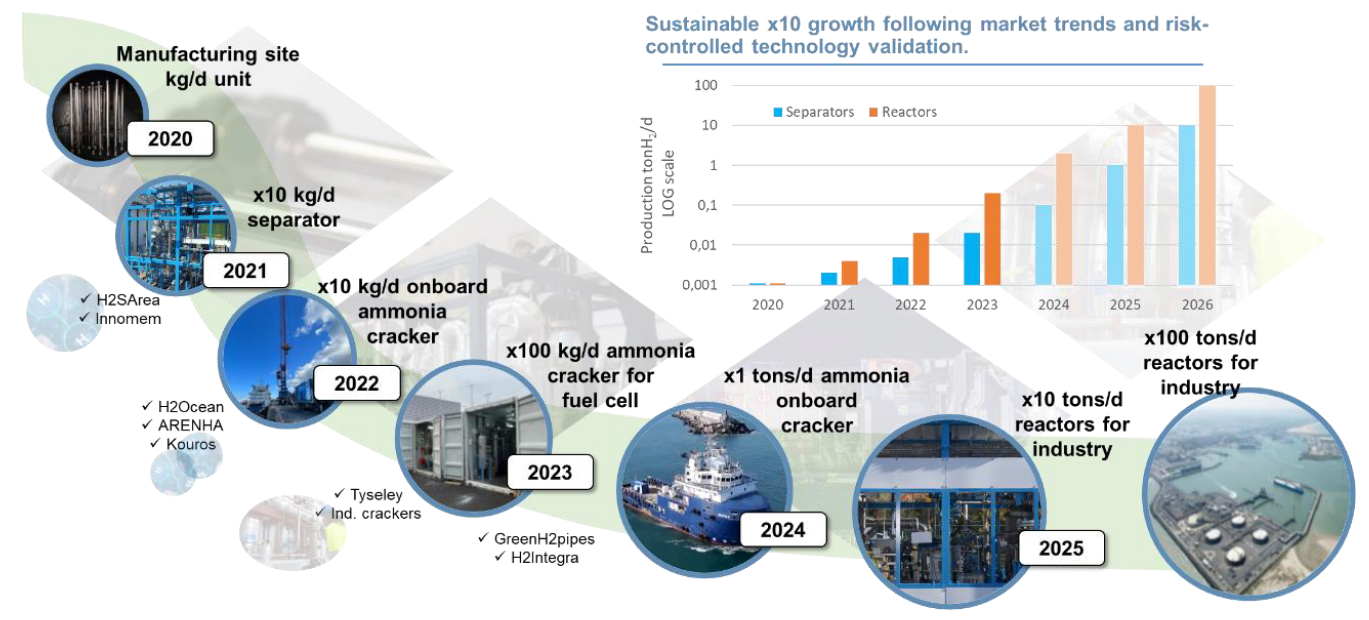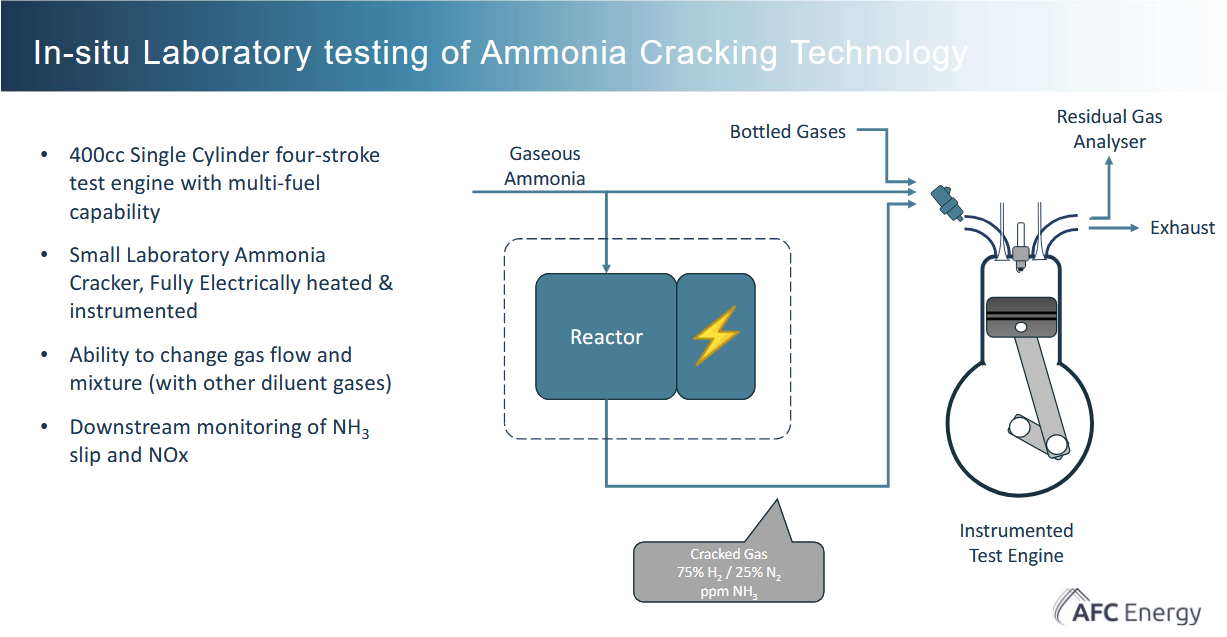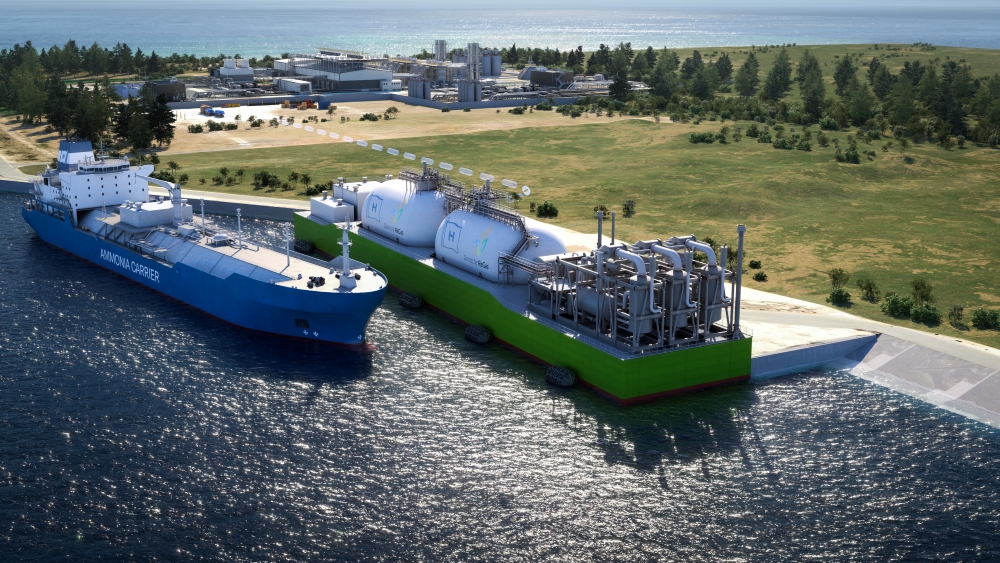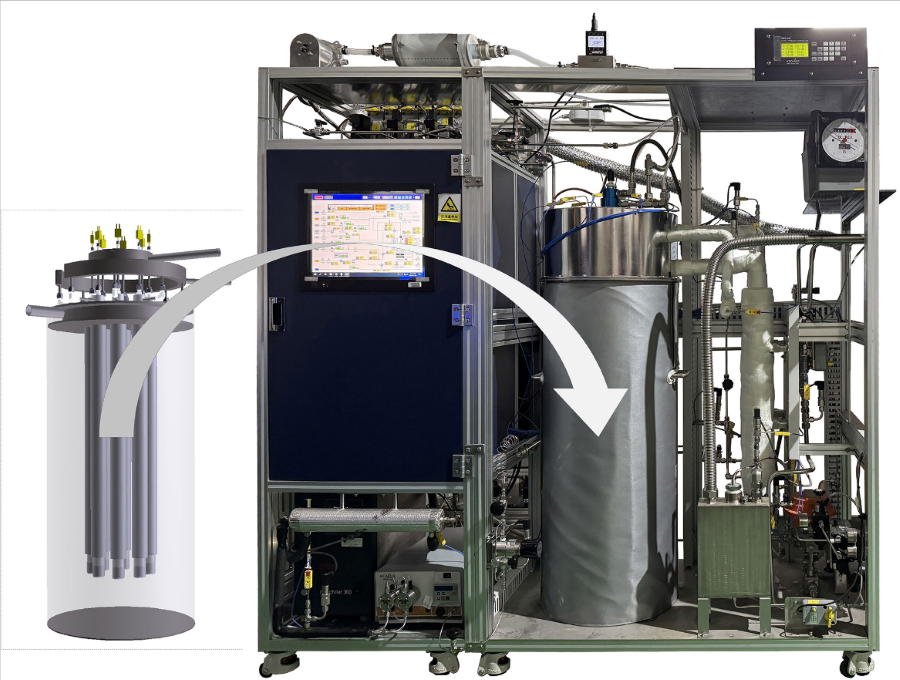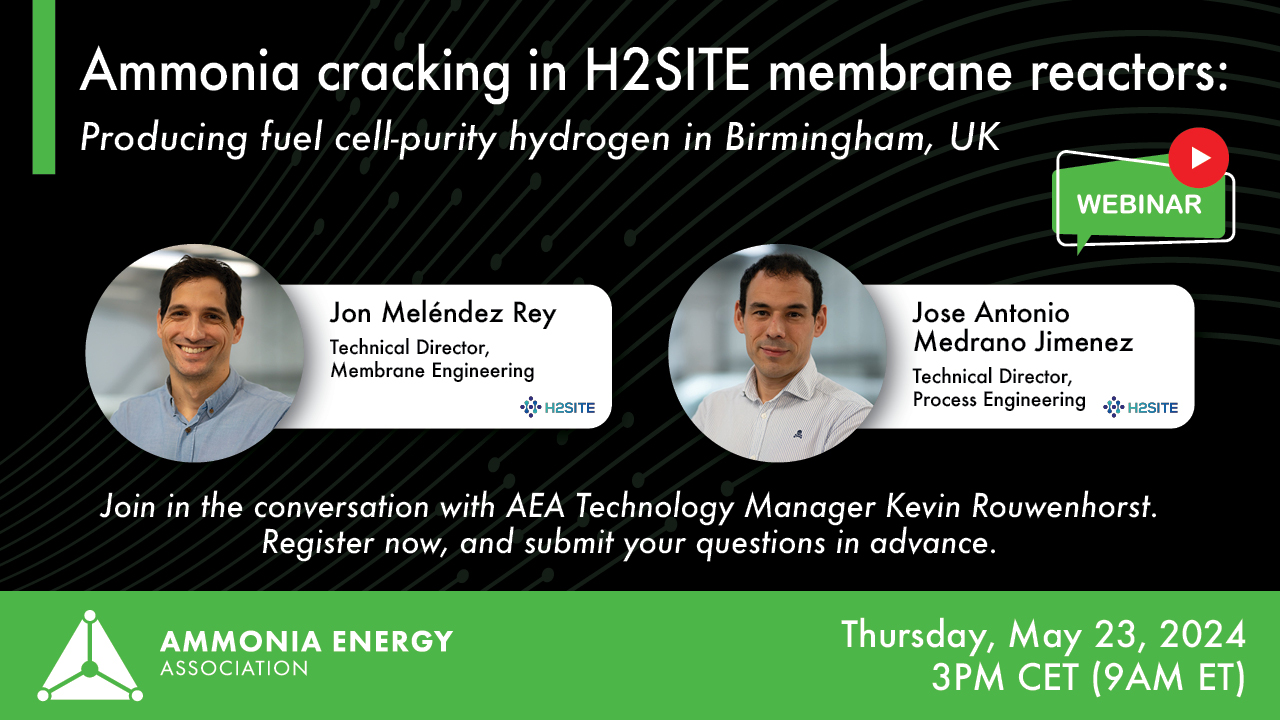R&D recap: the Journal of Ammonia Energy
Ahead of the 3rd Symposium on Ammonia Energy in Shanghai next month, we take the opportunity to highlight select papers and key results from the first two editions, starting with the 2022 Cardiff event:
- In an ammonia-diesel blending study, Orleans University and WinGD found that minimising the diesel fraction actually led to increased N2O emissions.
- In a bid to produce an optimal ammonia-hydrogen fuel blend, a University of Birmingham team characterised the ammonia cracking mechanism of a new, transition metal-promoted lithium amide catalyst.
- A KAUST study of swirl intensity of an ammonia-methane blended fuel finds that increasing the swirl number leads to a more compact flame, reducing NOX emissions.
- A team from the University of Minnesota found that combustion durations comparable to gasoline were obtained for ammonia-hydrogen fuel blends.
- And, as part of a joint academic-industry session on safety, it was recommended that a careful, proactive approach is taken towards new ammonia users, likely exposure risk points and deploying maritime ammonia fuel.

